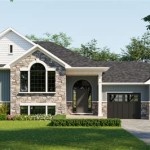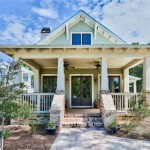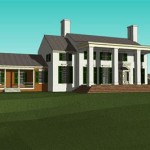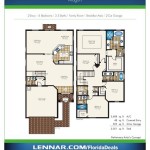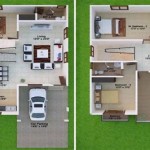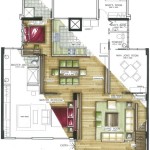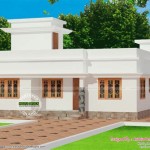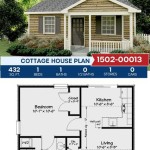Essential Aspects of Tree Sparrow House Plans
Designing and building a nest box for tree sparrows requires careful consideration of several key aspects. These houses provide shelter, protection, and a safe nesting environment for these small birds, and it's crucial to ensure that they meet specific requirements to maximize their effectiveness.
1. Location and Placement
Choose a suitable location for the house, ideally in an open area with good visibility and protection from predators. Mount the house 5-10 feet above the ground on a tree or pole, facing southeast or east to provide morning sunlight and shelter from prevailing winds. Avoid placing it in direct sunlight or areas with excessive noise or human activity.
2. Size and Shape
The interior dimensions of the house should be 4 inches wide, 5 inches deep, and 6 inches high, with a 1-1/2 inch entrance hole at the top. The house should have a sloped roof to prevent water from pooling and a ventilation hole near the top to allow for air circulation.
3. Entrance Hole Size and Placement
The entrance hole size of 1-1/2 inches is specifically designed for tree sparrows, preventing larger birds from entering. It should be placed at least 3 inches above the house floor to prevent predators from reaching inside.
4. Construction Materials
Use durable materials such as untreated natural wood or cedar to construct the house. Avoid using treated wood or materials that contain chemicals harmful to birds. Ensure the wood is at least 3/4 inch thick for insulation and protection.
5. Drainage and Ventilation
Provide proper drainage by drilling small holes in the floor of the house to allow excess moisture to escape. Additionally, include a ventilation hole near the top of the back panel to prevent overheating and promote air circulation.
6. Perches and Nesting Material
Sparrows do not typically use perches, so they are not necessary in the house design. However, you can add a small amount of nesting material, such as straw or wood shavings, to the bottom of the house.
7. Predator Protection
To protect the house from predators, install a predator guard around the entrance hole or use a predator-resistant design. Consider placing the house in an area with dense vegetation or thorny bushes to further deter predators.
8. Maintenance and Cleaning
Regularly inspect the house for damage or deterioration and clean it annually. Remove any old nesting material, disinfect the inside with a mild bleach solution, and replace any damaged parts. Proper maintenance ensures the longevity and effectiveness of the house.
Conclusion
By following these essential aspects, you can create a successful and functional tree sparrow house that provides a safe and comfortable nesting environment for these delightful birds. Remember to choose the right materials, size, and location, and consider the specific needs of tree sparrows to ensure their well-being.

Tree And Violet Green Swallow Birdhouse 70birds Plans Index

House Sparrow Dimensions Hole Size Build Or Information

Free Bird House Plans Bluebird Purple Martin Wren More

House Sparrow Nest Box

Nestbox Design For Garden Birds

Plans Birdhouse For Bluebirds Grinder Jig Bird House Free Kits

Wood Bird House Plans Free Kits

Kinney Tree Swallow Nestbox

The Wildlife Garden Build Nest Boxes For Wild Birds Osu Extension Service

Birdhouse Plans Easy One Board Diy Project Projects Patterns Monograms Designs Templates

